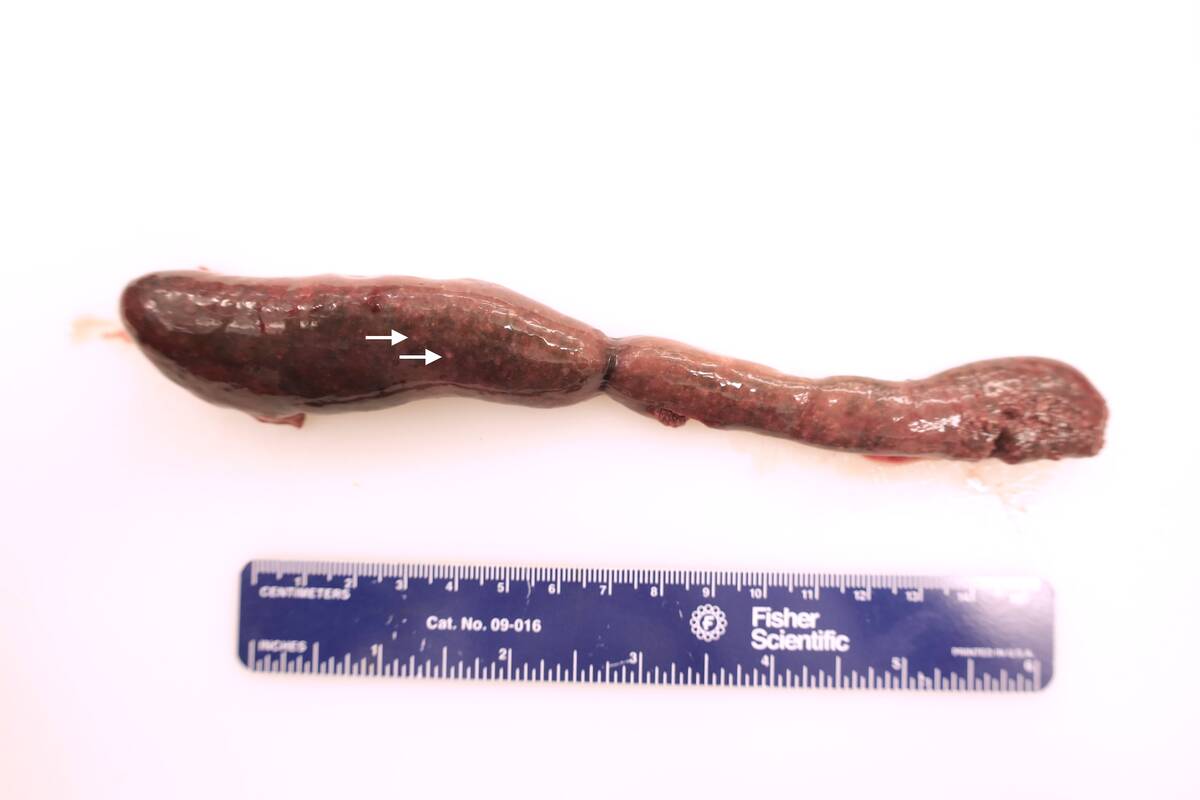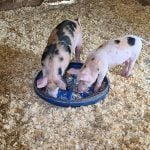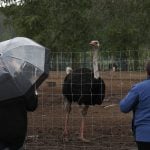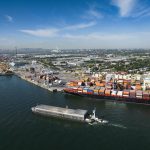Selling to people who love a product is easy, while selling to people skeptical about the product is hard.
With that principle in mind, Calvin Vaags is focusing on exporting beef to China rather than Europe.
“The Chinese market, we feel, has probably more potential (than Europe),” said Vaags, chief executive officer of True North Foods, a beef processing plant in Carman, Man.
“I’ve had probably five or six different delegations of Chinese people come to me … and saying, ‘what can you do for us? We want to get some beef going back into China.’… We feel the Chinese market has very, very significant potential for Manitoba beef.”
Read Also

Tularemia continues to pose health risk on the Prairies
The pathogen that causes tularemia can survive for months in the environment, including wetlands, and is spread through direct contact or inhalation from these sources.
The plant, which officially opened in August, can process 1,000 animals per week. Vaags and his partners are still waiting on a federal licence for the plant, but they expect to have it in place by spring.
Vaags told the Manitoba Beef Producers annual meeting in Brandon Feb. 5 that he has made trips to Europe and China to assess export prospects.
Based on conversations with potential buyers and personal research, he said Chinese customers are clamouring for Canadian beef while Europeans are blasé.
“You make a trip to China and start talking to meat wholesalers, they’re all over you,” he said.
“The higher end market in China doesn’t trust their own supply…. They’re so confident that if it comes from Canada that … it’s way, way better (and) safer than their own stuff.”
Vaags said the Chinese market is particularly attractive because tastes are different from North America and Europe. Rib eye steaks and strips are king in North America, but Chinese consumers prefer cuts such as short ribs.
“It’s the fattiest cuts of the carcass that command the biggest premium,” Vaags said, which helps processors like his garner the maximum possible revenue from a carcass.
He said Europeans will buy imported meat, but there is little enthusiasm for Canadian beef.
“I think it (the EU market) has big potential … (but) what they think is really high quality beef there is not necessarily what we think of really high quality beef,” he said.
“The European consumer is extremely loyal to European produced beef…. Europeans think their (beef) is absolutely the best.”
Tod Wallace, a beef production specialist with Manitoba Agriculture, agreed.
“They’re really, really loyal to their producers,” Wallace said.
“For instance, the Belgian Blue (breed). The Belgians think the Belgian Blue is the best … and they don’t want to look elsewhere for their beef…. Same thing in Ireland, their grass-fed steers. They think it’s the best. I think we’re going to have some challenges persuading them to eat Canadian beef.”
David MacDonald, acting director for Europe, Middle East and Africa with Agriculture Canada’s market access secretariat, said it may take “marketing efforts” to sell Canadian beef to Europe.
Still, the region has 500 million people and is the largest market in the world for agricultural imports, MacDonald said. Canadian ranchers will have a tremendous opportunity to sell more beef into Europe when the EU-Canada free trade deal is finalized, provided it is raised without growth promotants.
“It depends on what kind of segments we’re (selling) into, as well. If we’re looking at the food service industry, the origin of beef maybe becomes less of an issue.”
robert.arnason@producer.com















